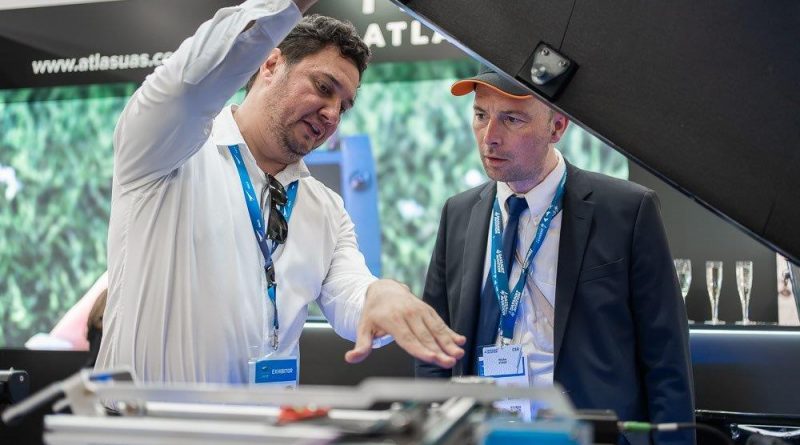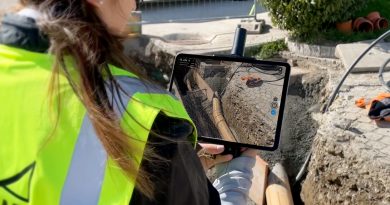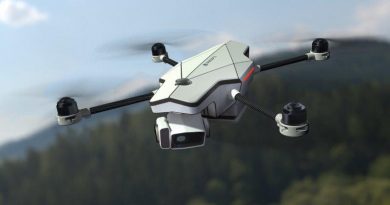War Of Drones: Small UAV Manufacturers Outpace Large Defense Companies in The Near Future – ATLAS CEO Ivan Tolchinsky
At the Paris Air Show 2023, the world exhibition of aerospace technologies, ATLAS CEO Ivan Tolchinsky shared his vision for the development of UAV technologies in the defense sector. What is the market focusing on? What drones will become popular? What challenges do manufacturers face? You will find answers to these questions and more below.
The global drone market is facing a global challenge from the war in Ukraine. Discussions on using drones for defense are heard not only at exhibition stands but also in the VIP rooms where deals are made. In reviews from the Ministry of Armed Forces of France, distributed at the Paris Air Show, every fifth page is devoted to the war experience of Ukraine. The editor of one of the articles describes “dronization” as a phenomenon and says that the Western forces are seeking the best possible balance between piloted and remotely controlled vehicles for cohesiveness in their capabilities.

Ivan, what trends do you see at Paris Air Show 2023 in the development of UAV technologies?
I.T.: I see a lot of kamikaze drones here, a lot of small systems. This has never happened before at all.
And what do you think these trends indicate?
I.T.: Now with the war in Ukraine, it has become very clear that a small system is better than a large one. A small system is cheaper and more accessible. At the same time, many investors and representatives of the defense industry are paying attention to which drones are being “flown in the Ukraine” because flying in the Ukraine means being battle proof. You can test fly anywhere, in Zimbabwe or in Switzerland, but you won’t be flying in modern warfare conditions. Therefore, you can talk about sales as much as you like, but you have not proved that your product can actually succeed in conditions of war. And there is a lot of emphasis on this. If you can confirm that you work in Ukraine, you are doing everything right.
What is the challenge for manufacturers?
I.T.: The main challenge is to make a cheap and reliable product. You can see that in the next pavilion, there are systems available for $300,000-$1,000,000. Who will buy them? Nobody needs them when the smaller, cheaper systems work.
It is hard to believe that small systems can crowd out large ones. Can you explain this further?
I.T.: It’s like how it was with IBM, when desktop computers began to be replaced by personal computers. Take for example again the war in Ukraine. Can Russia shoot down 100 small drones? Hardly. But one big plane will be just knocked down and that’s it. Besides, just the deployment of a large aircraft takes two hours, and during that time, an enemy projectile can fly at you. The modern world chooses mobility, quality, and speed, if we talk about drone missions.
What is the main direction you see ATLAS developing towards in the coming year?
I.T.: Small systems or carriers of small systems.
Which countries will become the main producers of small systems?
I.T.: It is possible that European countries are now fed up with this war so much so that they will begin to actively produce these small systems themselves. The fact is that the use cases for America and for Europe are very different. Europe is now adapting to the war in Ukraine and understands who its enemy is. The US still keeps living its mind in the paradigm of war with tanks and helicopters. They do not expect at all that they will have the know-how of the GPS, or problems with EW (Electronic Warfare) complexes. Ukraine lives by the fact that there is a man with a drone who can usually complete a task faster and better than a whole division.
When can we expect to see these small drones enter the market en masse?
I.T.: In another two years, they will be everywhere. But for now there are not yet enough companies that have received funding for this.
How many new devices does ATLAS plan to introduce next year?
I.T.: Three. These will be new drones or small systems, and there may also be large drones or carriers of small systems.




